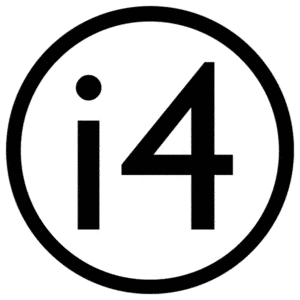One common obstacle I have seen preventing “organizational” agility is the lack of leadership ownership and engagement of organizational agility. This lack of ownership and engagement causes a chasm to form between teams and the leaders. This chasm causes a mindset at the team level where the teams feel, “we do agile, but leadership and the business still do waterfall.”
Leadership also takes a mindset of, “the agile stuff is taken care of by our coaches and scrum masters.” These days organizations should be adopting agile practices throughout, where leaders are driving agility. Agile is designed to accelerate value, remove waste, improve quality and increase transparency and alignment. All of these things should be of value throughout the organization and not just at the team level. Due to the larger numbers of teams, the greater complexities of software systems and the ever increasing market competition, it would be senseless not to adopt agile practices at scale in the organization to remain competitive. Edward Deming says, “It is not enough that management commit themselves to quality and productivity, they must know what it is they must do. Such a responsibility cannot be delegated.”This means that leaders must become agile experts and thereby become the organizations agile leaders. So, what does this mean? 1) It means leaders must be trained on and then promote the principals of scaling agile throughout the enterprise. 2) After being trained leaders must take action and implement scaled agile constructs throughout the organization that allow for agility across large numbers of people and teams. 3) Agile leaders must address and enhance organizational structures so that they are best suited for product focused value delivery. 4) Agile leaders must create constructs that create visibility and limit work in progress (WIP) at the highest levels in the organization, so that the organization can obtain optimal organizational throughput and the best economic outcomes. 5) Agile leaders must enable the creation of constructs for collaboration, alignment, dependency/risk management and various other lean-agile tools that allow for commonality and guard rails for a large number of teams to interact and work together.
To learn more about kick starting scaled agile constructs in your organization, click here.

